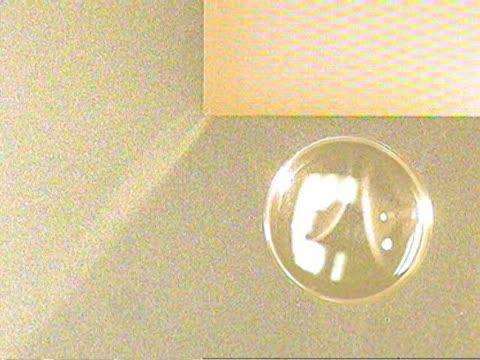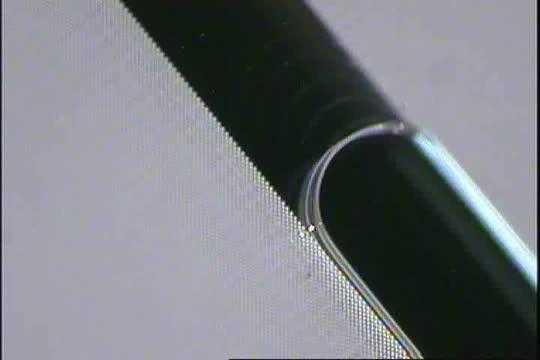Oil-based compounds are referred to as low-surface tension liquids because they tend to spread on the surface of a researcher's microscope slides or microarrays where the liquids are placed. Additionally, as can be seen from oil spills in the Gulf of Mexico, oil can stick and easily spread out on any surface. Using specially designed oil-repellent surfaces, Kwon and his group demonstrated invisible "virtual walls" which block spreading of low-surface tension liquids at the boundary line with microscopic features already created in the device.
"Our newly developed surface helped keep oil, which is normally unmanageable, in predetermined pathways making it controllable. We feel that oil-repellant surfaces can be widely utilized for many industrial applications, and virtual walls for low-surface tension liquids also have immense potential for many lab-on-a-chip devices which are crucial to current and future research techniques."
Kwon suggests that in the future, oil-repellent virtual walls may be used to control the transport of oil without spillage.

An oil droplet is pushed by air but cannot pass the boundary line of newly developed oil repellent surface. Once air flow stops, the oil droplet retracts backward from the virtually existing barrier.
(Photo Credit: Dr. Jae Kwon)

Kwon developed a technique to form a virtual wall for oily liquids that will help confine them to a certain area.
(Photo Credit: MU News Bureau)

An oil droplet is pushed by air and squeezed tightly between two repellent surfaces, which form virtual walls on both sides of the oil droplet. The oil droplet can move only along the path defined by the virtual walls.
(Photo Credit: Dr. Jae Kwon)
Source: University of Missouri-Columbia